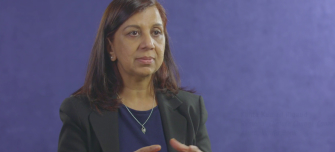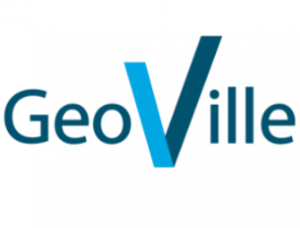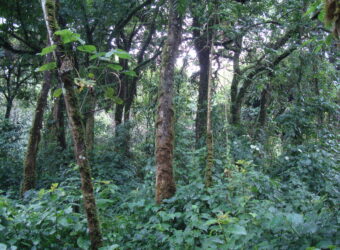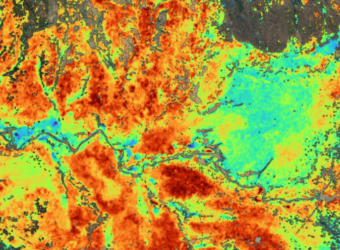GDA Climate Resilience: Thematic Activity Wrap-Up
ESA’s GDA Climate Resilience thematic activity officially began in December 2021 and ran through November 2024, leveraging Earth Observation (EO) technologies to deliver tailored solutions for the climate needs of … Read more
























![[VIDEO] Earth Observation for Climate Resilient Flood Management in South Sudan](https://gda.esa.int/wp-content/uploads/2023/11/Earth-Observation-for-Climate-Resilient-Flood-Management-2-340x250.jpg)















